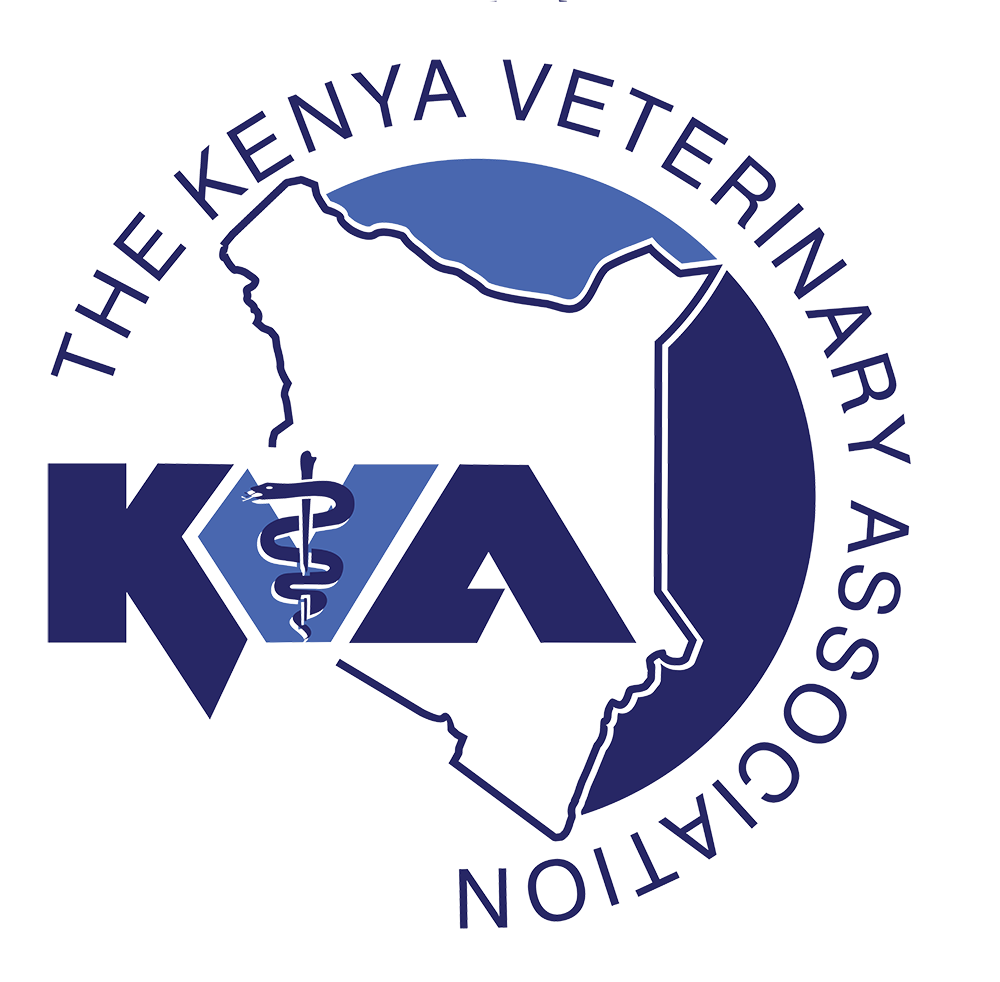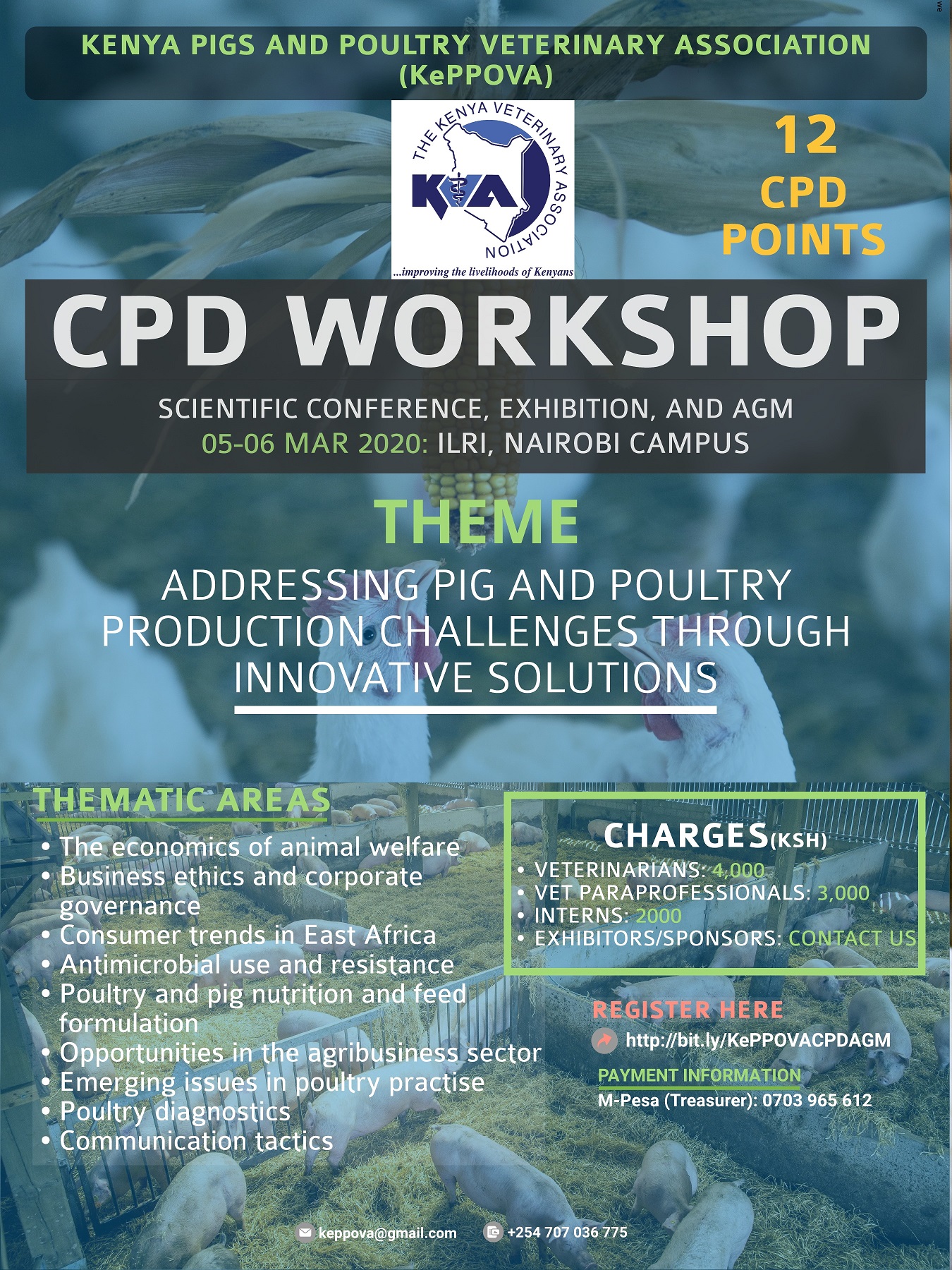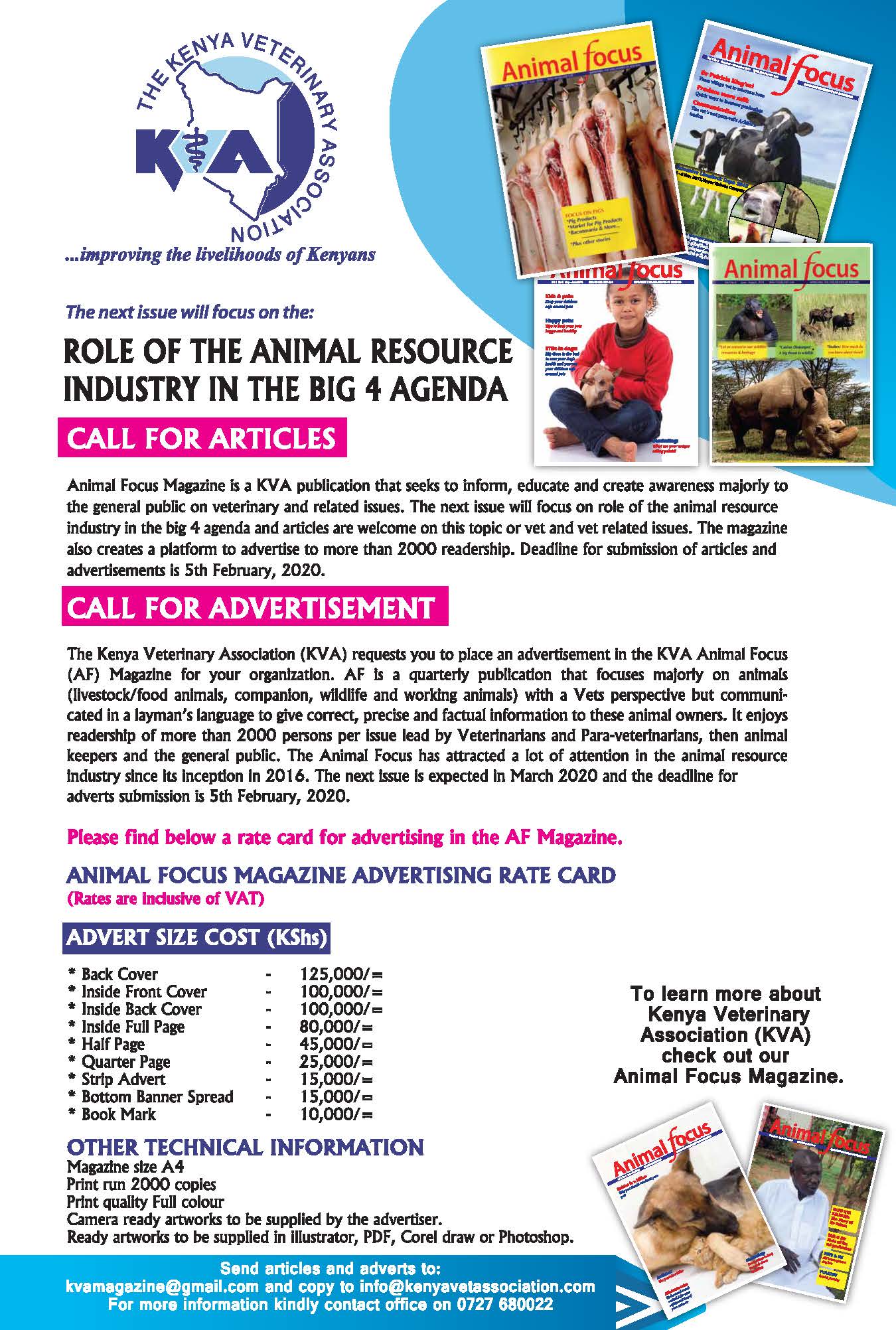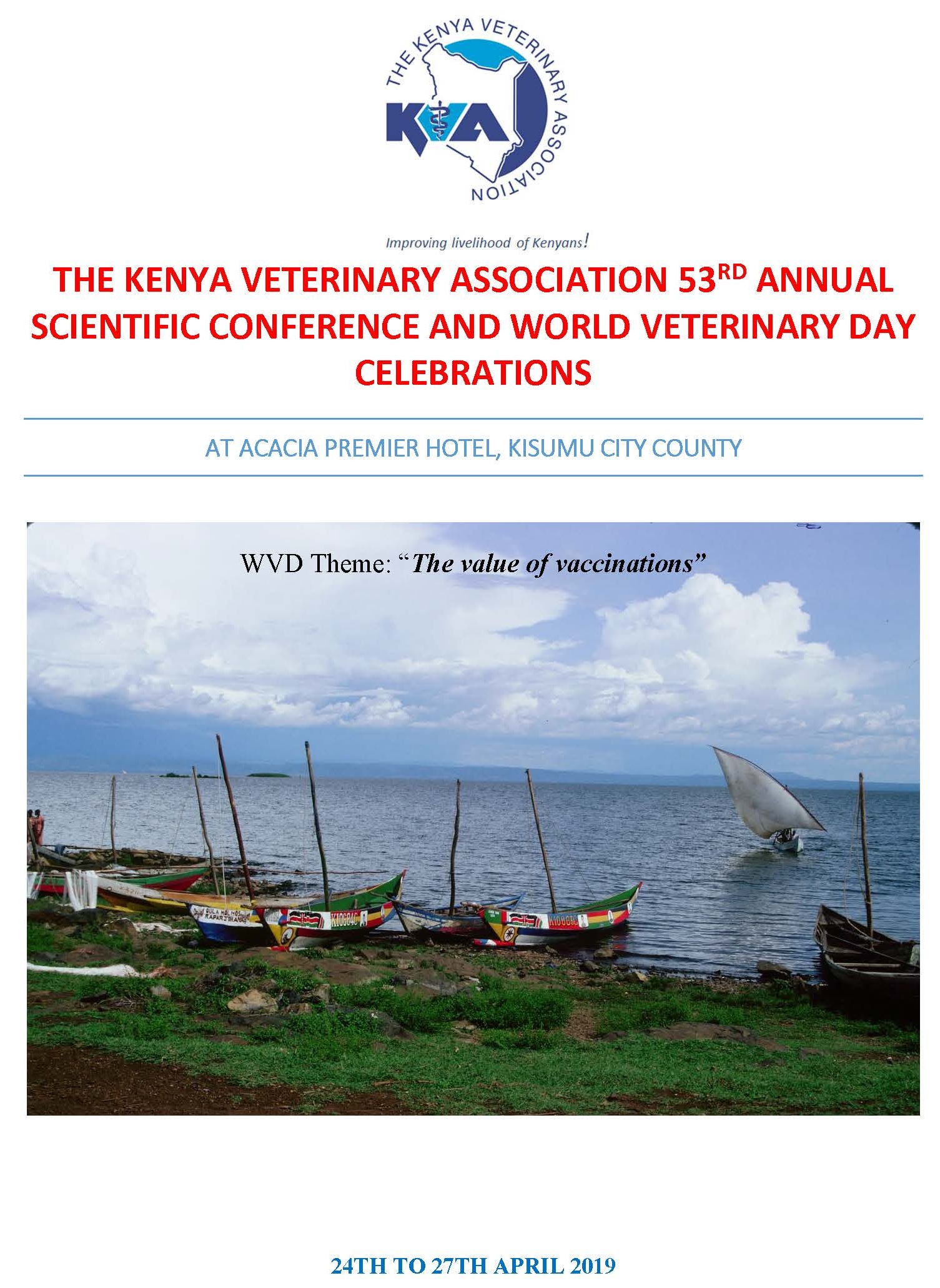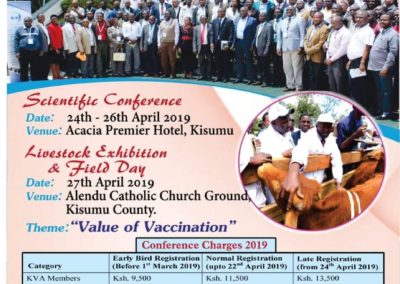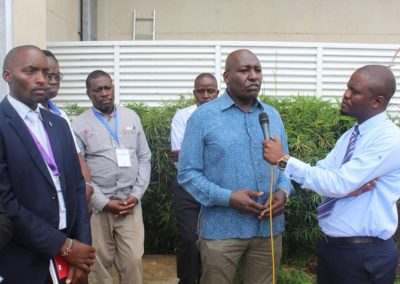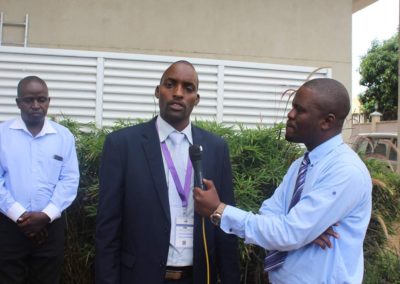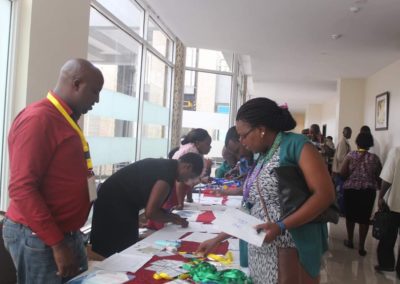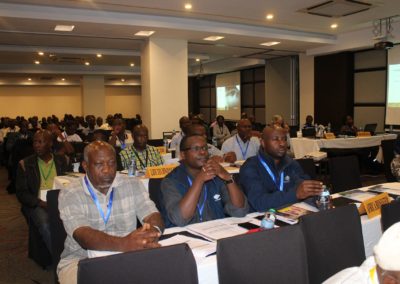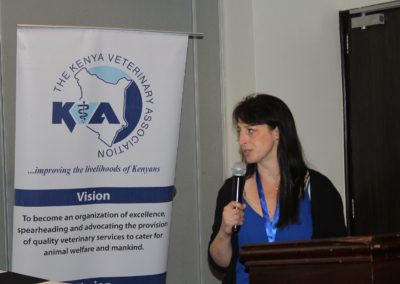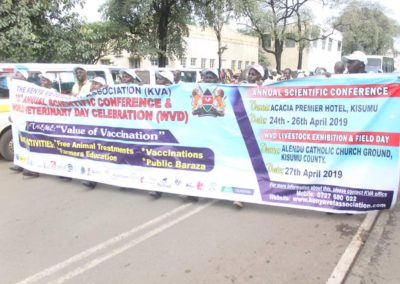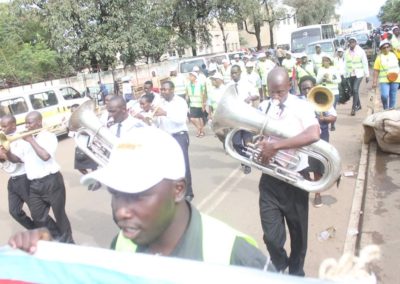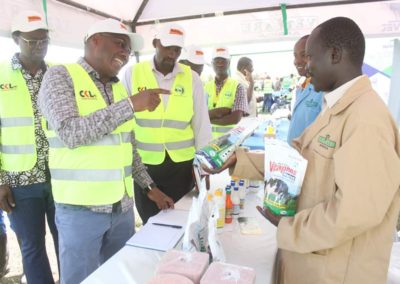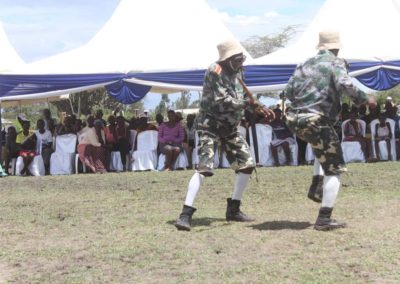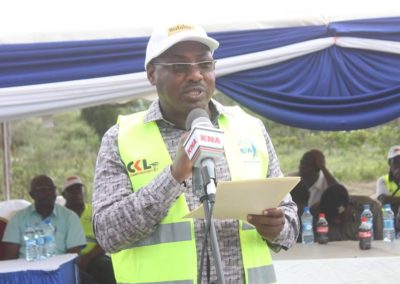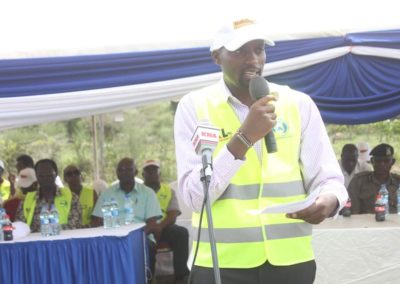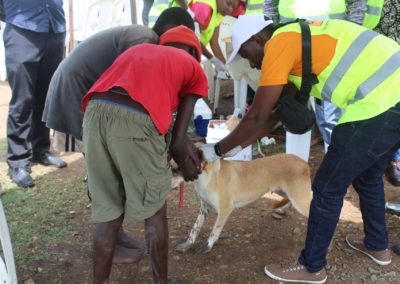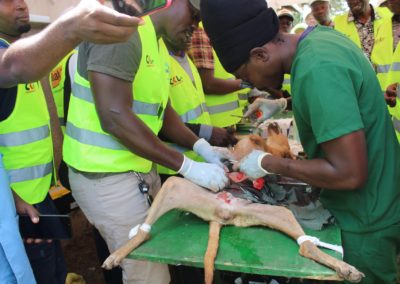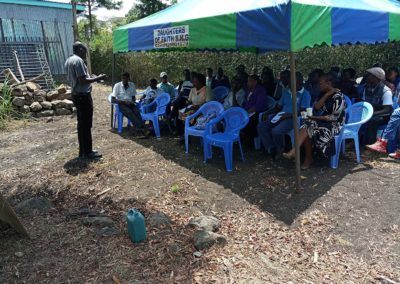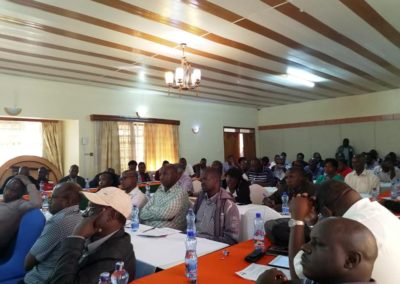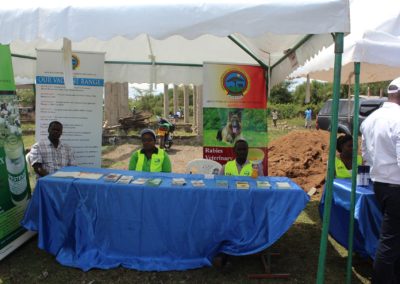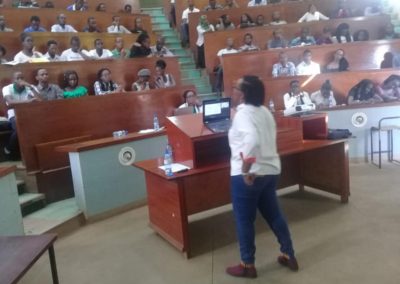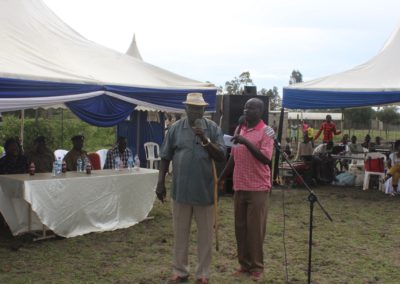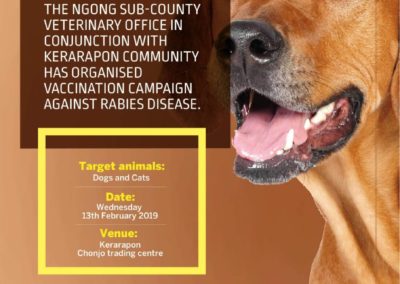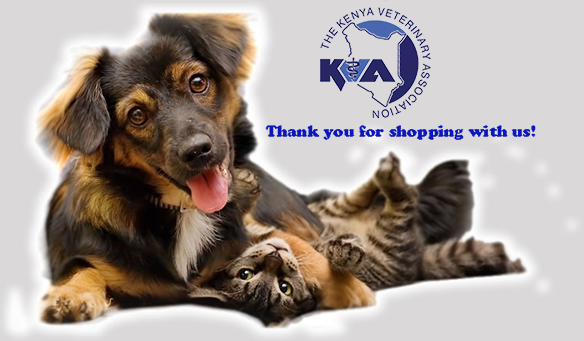Death and Funeral Announcement: Dr David Martin Muinde
Death and Funeral Announcement: Dr David Martin Muinde

The Board and Management of Kenya Veterinary Association (KVA) and Kenya Veterinary Board (KVB) regrets to announce the untimely death of Dr. David Martin Muinde which occurred on 13th November 2020. He worked as a Senior Registration Officer at the Kenya Veterinary Board.
He was husband to Dr. Florence Nzisa Nzwili Muinde; father to Maria, Mercy, Peter and Onesmus. Father in law to the late Tony and grandfather to Shane.
He was the Son of the late Martin Ndwiwa and late Elizabeth Ngina of Kaumoni village in Makueni County.
Family and friends are meeting at his residence in Syokimau. His remains will be interred on Saturday 21st November, 2020 at Kaumoni Village, Makueni County.
You stayed with us for only a moment but your memories will linger in our hearts forever.
